Explore Endless Possibilities丨拓展视野,探索无限可能!
The field trip on "History and Future" aims to provide MIS students with interdisciplinary learning experiences in various spaces and times, including archaeological excavation, biological evolution, Earth changes, historical evolution, human development, natural sciences, and technological innovations, aligning with the IB teaching goals of being knowledgeable, inquisitive, open-minded, and reflective. By engaging in field research and practical activities, students broaden their horizons, delve into their comprehension and application of knowledge, and develop a cooperative spirit and social skills.
1
Knowledge Acquisition in Scientific and Technological Innovation
The Science Popularization Base of Harbin Institute of Technology Robotics Center in Chengdu
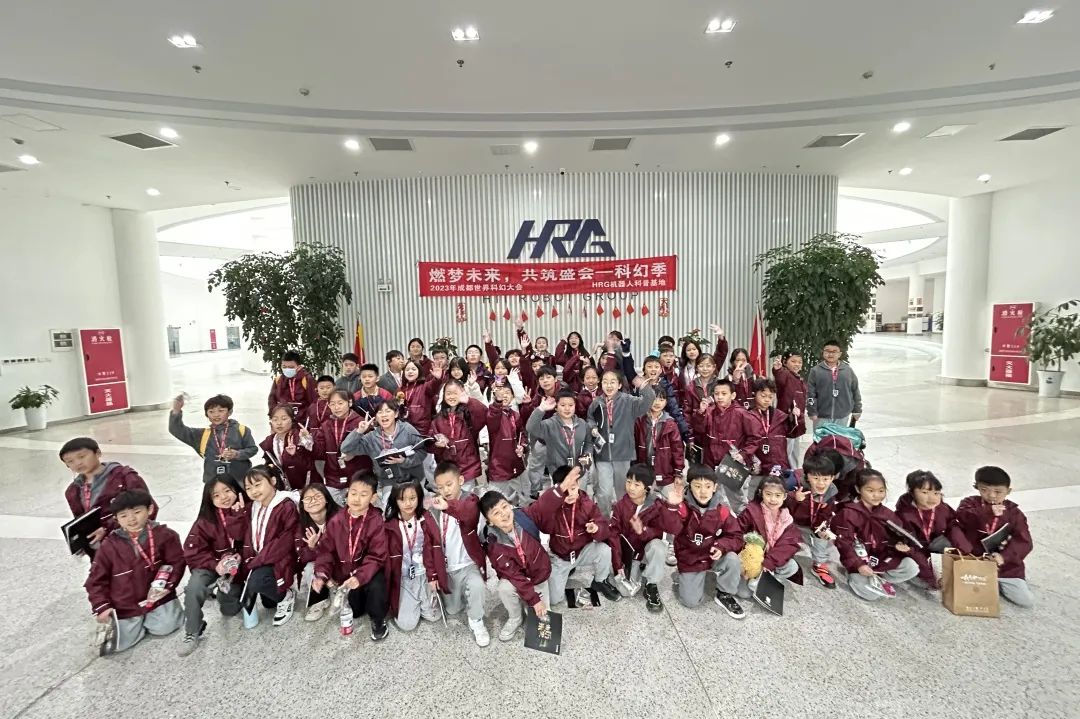
Here, students learned about various high-tech achievements and scientific research outcomes, covering scientific knowledge in physics, chemistry, biology, and earth sciences. Examples include aerospace vehicles, representative multifunctional robots, computer programming devices, artificial intelligence equipment, life purification devices, drones, and their design principles, allowing students to understand how technology changes human production and development and positively influences human history.
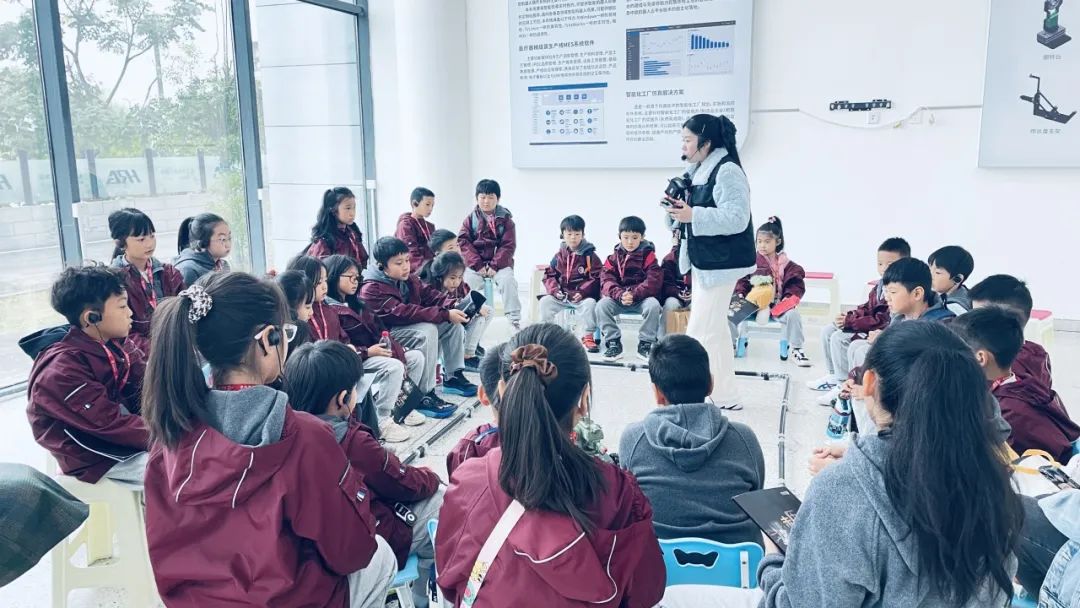

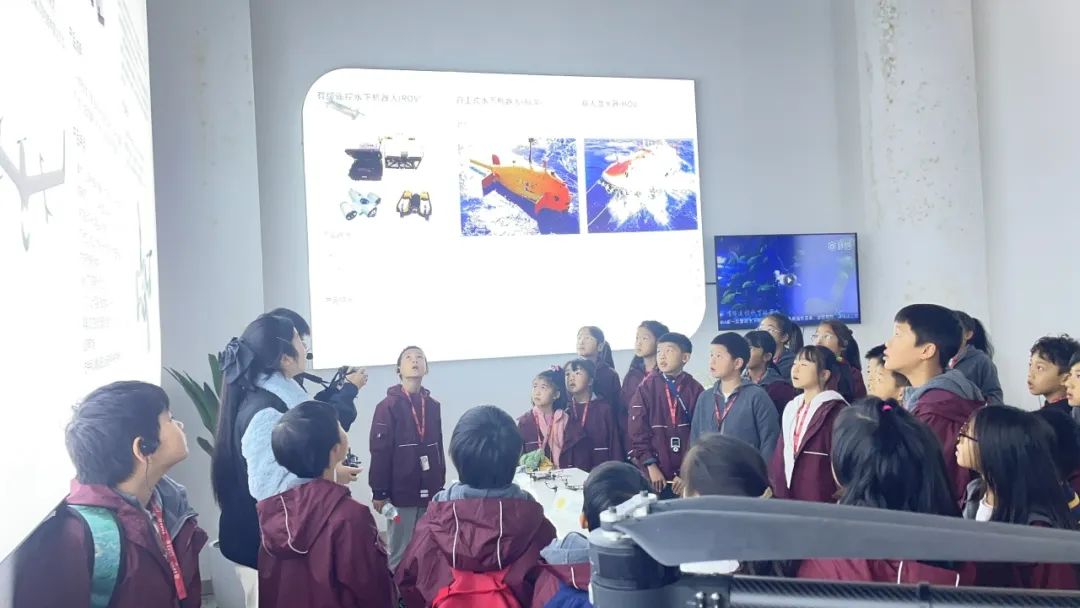

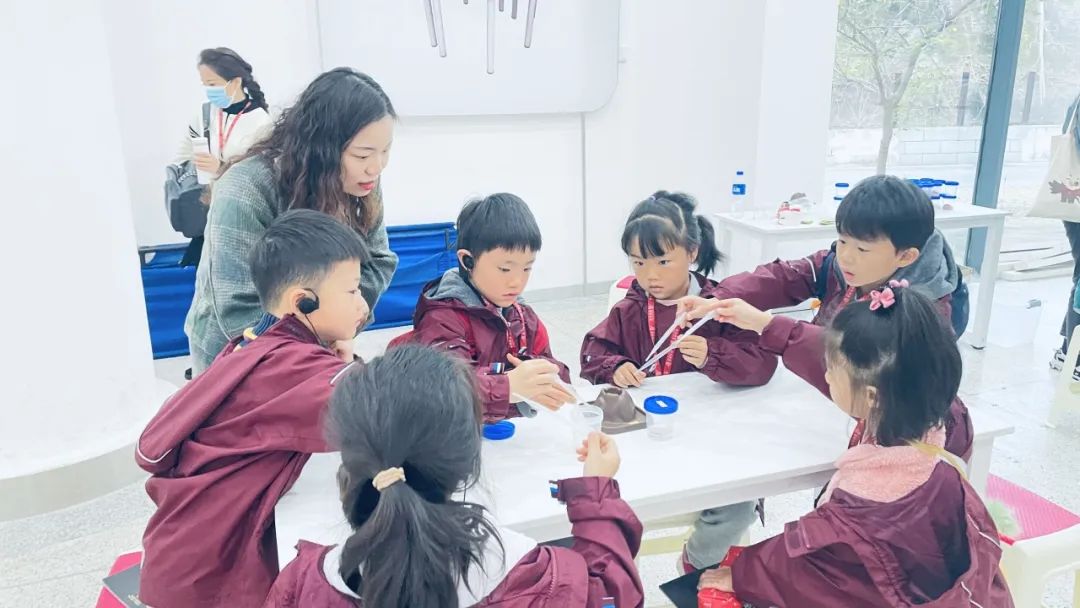
In addition, students participated in three scientific experiments: Technology Product Battle, Robot Handcraft Practice, and Scientific Experiment Activities. Through hands-on practice, students have enhanced their interest in science and stimulated their desire to explore the field further.
2
Field Trip on Urban Transportation Vehicles
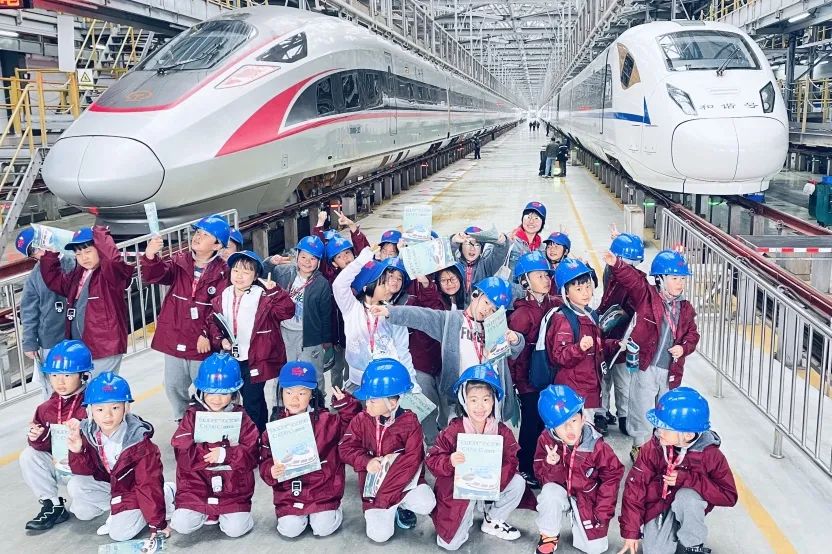
In the EMU (Electric Multiple Unit) maintenance base, students learned about the composition, maintenance process, and technical requirements of high-speed EMUs; they witnessed the inspection, maintenance, and repair processes carried out by maintenance workers. Also, they learned technical indicators and features of EMUs, including control systems, power systems, braking systems, and air conditioning systems, and learned about relevant equipment and tools. Besides, they studied safety precautions and operating procedures during EMU maintenance.
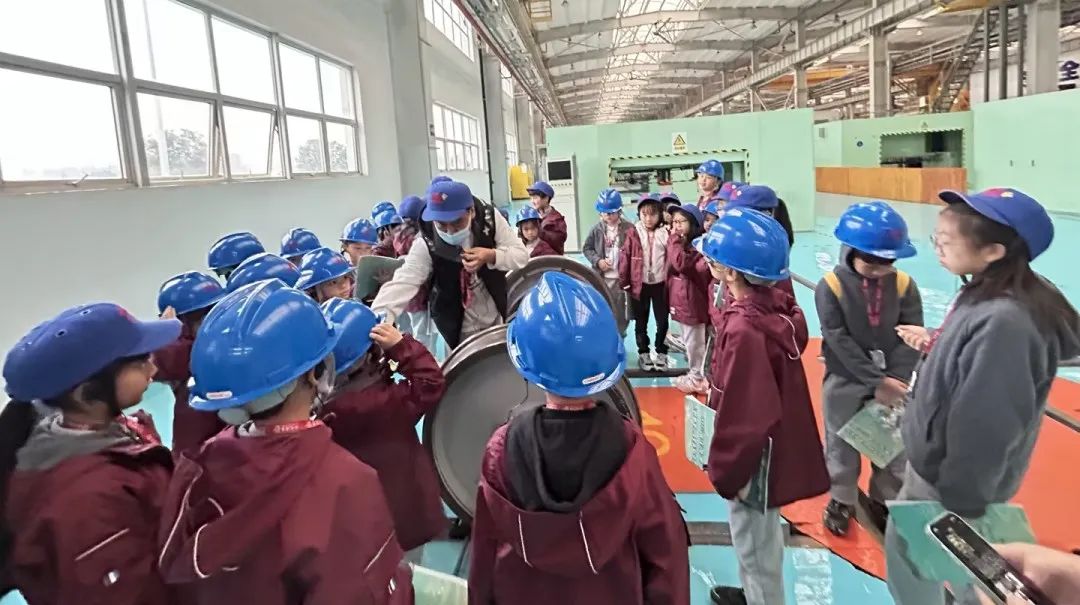
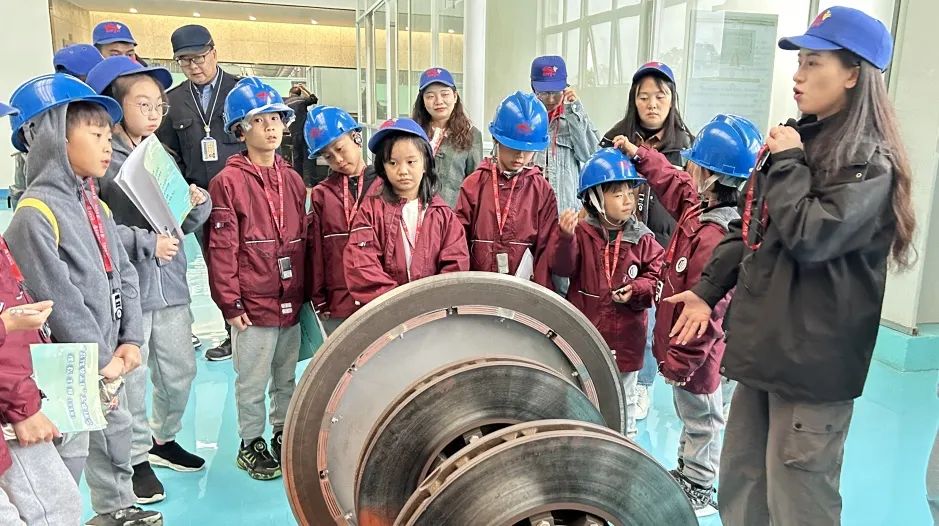
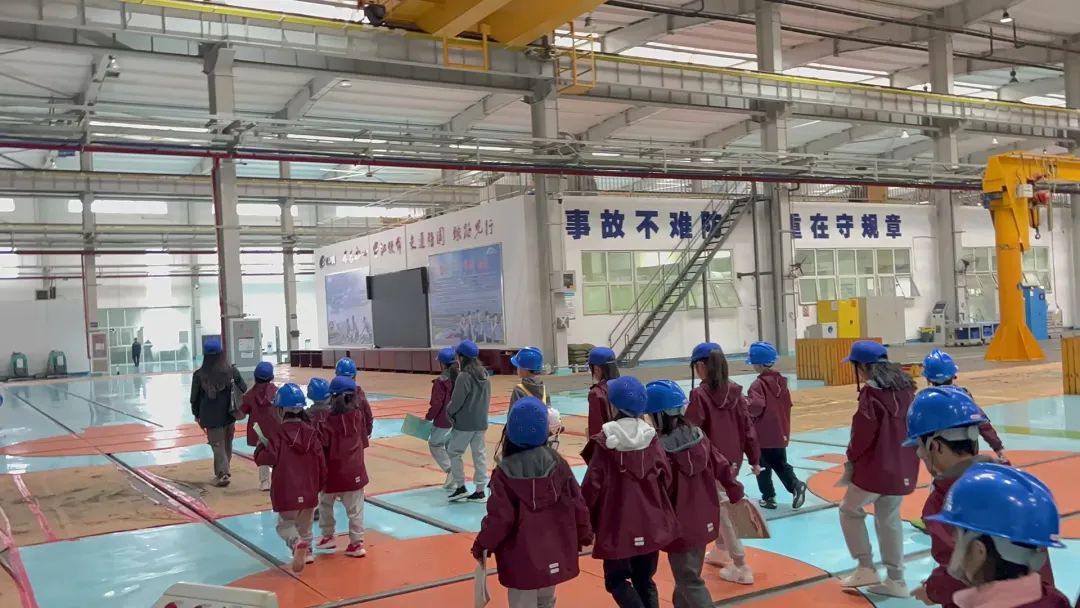
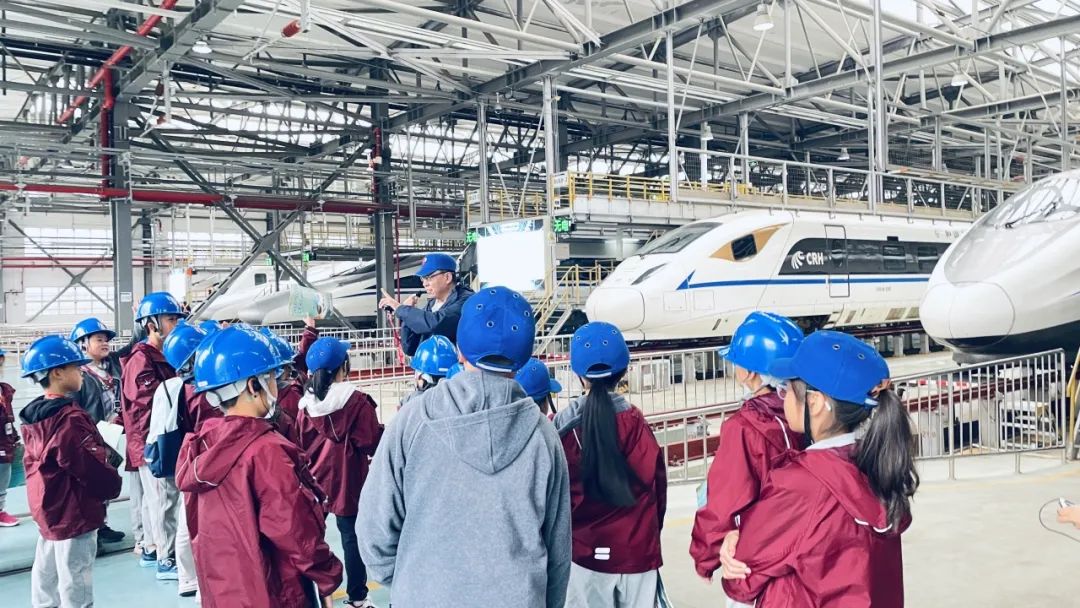
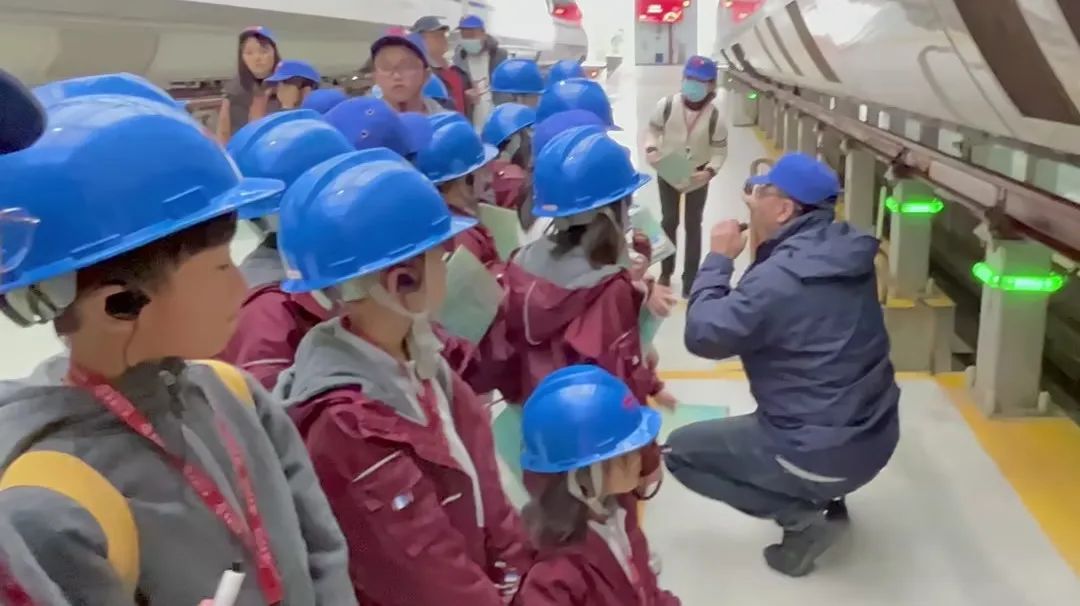
The application of technology in the safety maintenance and detection of EMUs is a testament to technological progress and development and an essential guarantee for human safety and property. The continuous innovation and application of technology continue to drive the growth of vehicle security, contributing to the progress of humankind.
3
Field Trip
Sanxingdui Museum
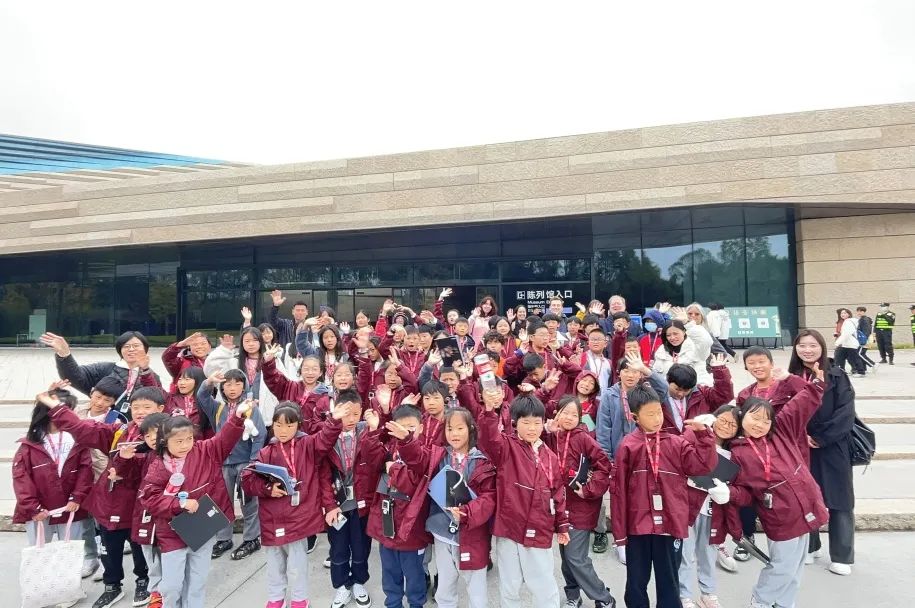
The field trip on Sanxingdui, a learning project designed by MIS, aims to teach students about ancient civilizations, historical evolution, human development, and archaeological research. This field trip covers various aspects, including but not limited to the geographical location of the Sanxingdui site, reasons for archaeological excavations, cultural characteristics, and the communication and connections with surrounding regions.
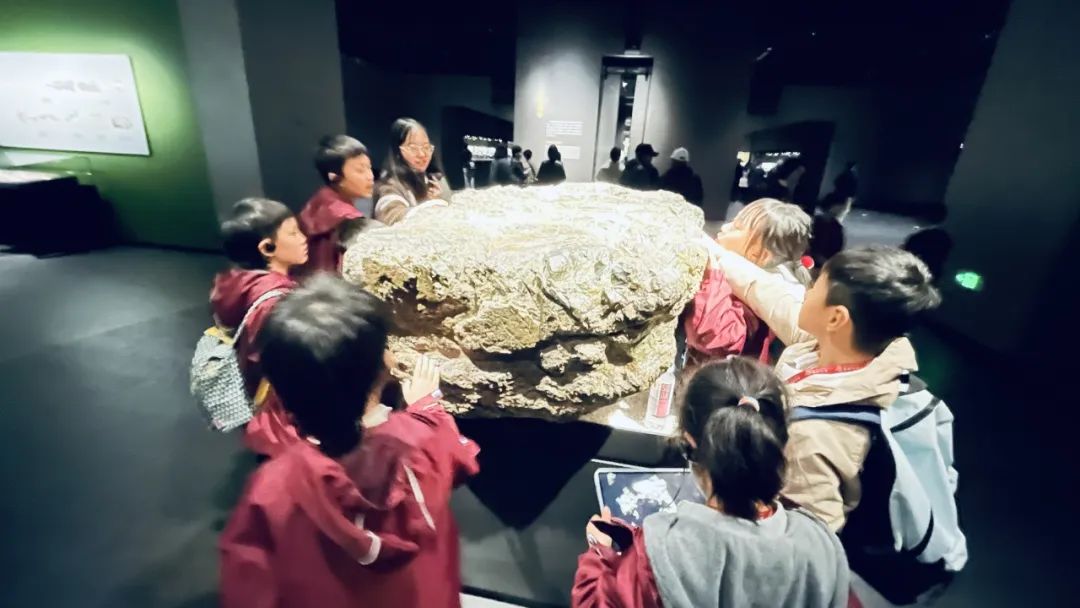
During the trip, students learned about the history and culture of Sanxingdui, explored the archaeological site artifacts, and appreciated cultural relics. They also participated in field visits, museum tours, and exploration of related archaeological sites. In hands-on activities, students learned about artifact restoration and making replica bronze wares and jade ornaments. Additionally, students learned about the basic principles and methods of archaeological research and cultural heritage preservation, comprehending how to excavate and protect cultural relics.

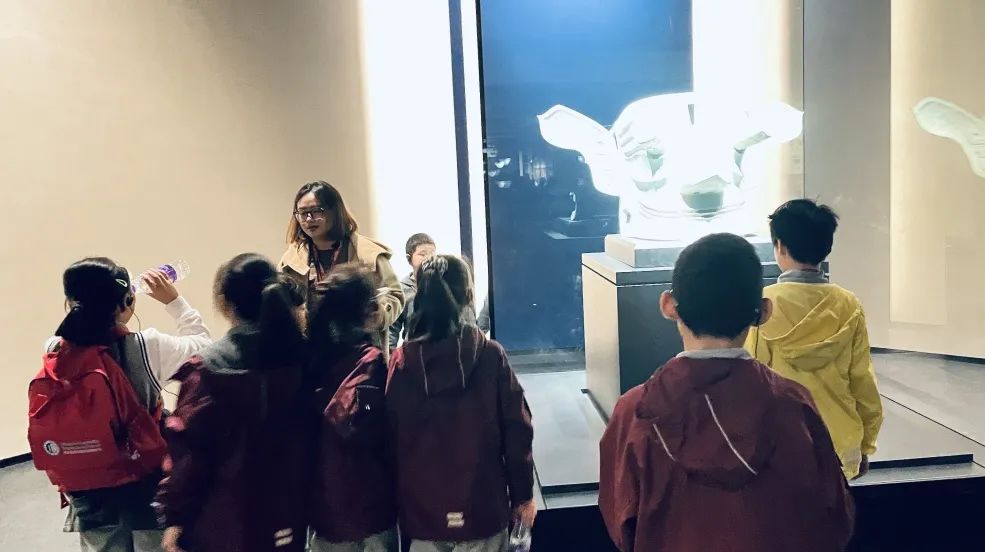


In the workshop, students gain an in-depth understanding of the ancient way of life and craftsmanship, experiencing ancient people's creativity and aesthetic concepts. In this way, they have a more comprehensive understanding of the diversity and richness of ancient Chinese civilization. Besides, children learn to respect and appreciate the value of different cultures and develop awareness of the importance of preserving history and cultural heritage.
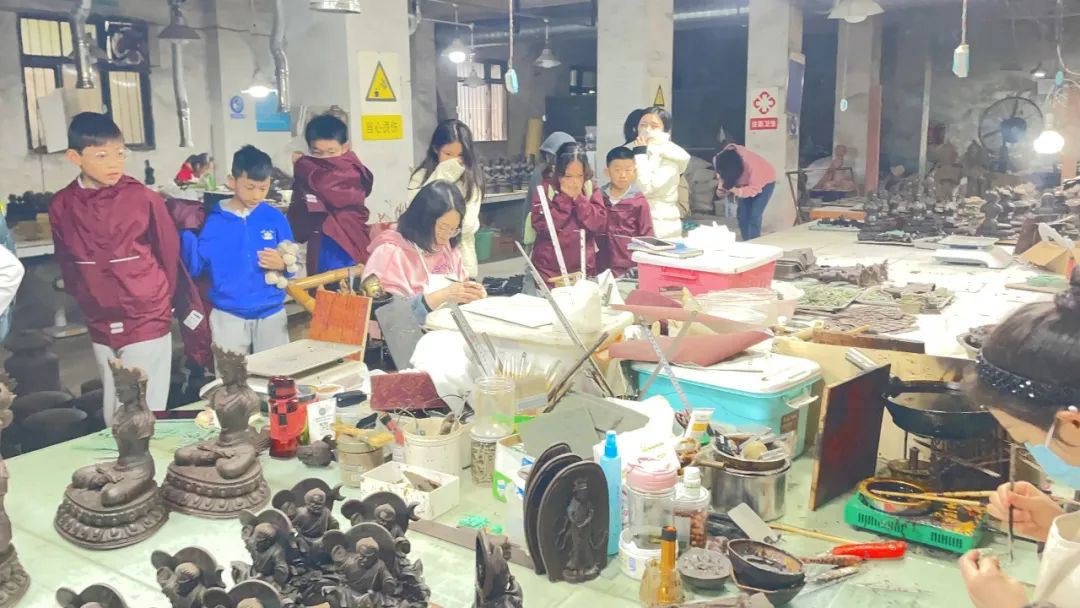
In the weekly learning project of MIS "World Classroom," a historian from Oxford University talked about the content and knowledge of Sanxingdui, which made the students' knowledge learned in the museum program more concrete and profound.
4
Field Trip
Chengdu Natural History Museum

Through studying dinosaur fossils and paleontology, students learned about information related to dinosaurs, including morphology, living habits, evolutionary history, ecosystems, and geological environments. They explored various types of dinosaur fossils, including dinosaur skeletons, fossil footprints, and fossil models. Thanks to closely observing their morphology, skeletal structure, and characteristics, Students learned about dinosaurs' classification, evolution, and lifestyles. Through models, landscapes, and three-dimensional effects, they also saw the recreated environments and ecosystems of the dinosaur era, including the terrestrial habitats, lakes, forests, and the symbiotic relationships and food chains involving dinosaurs and other ancient organisms.
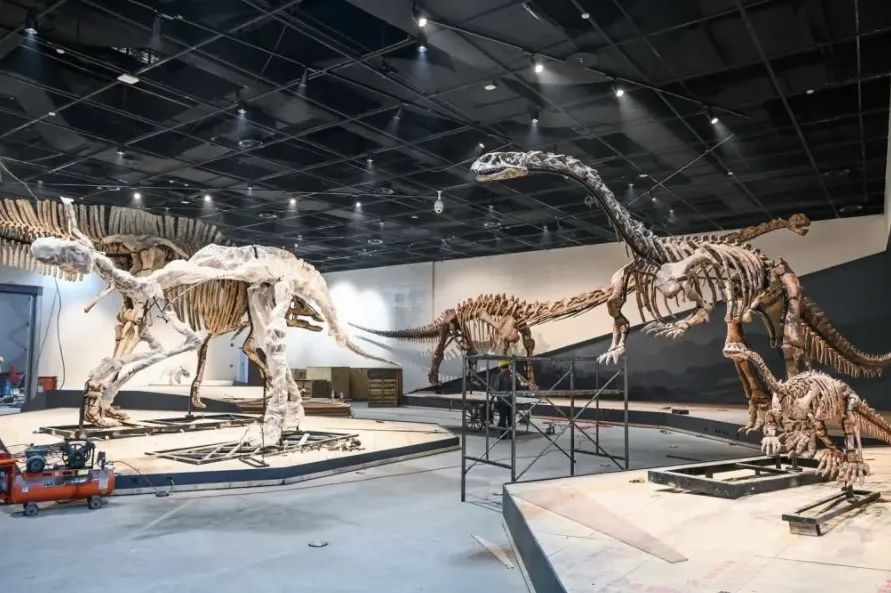
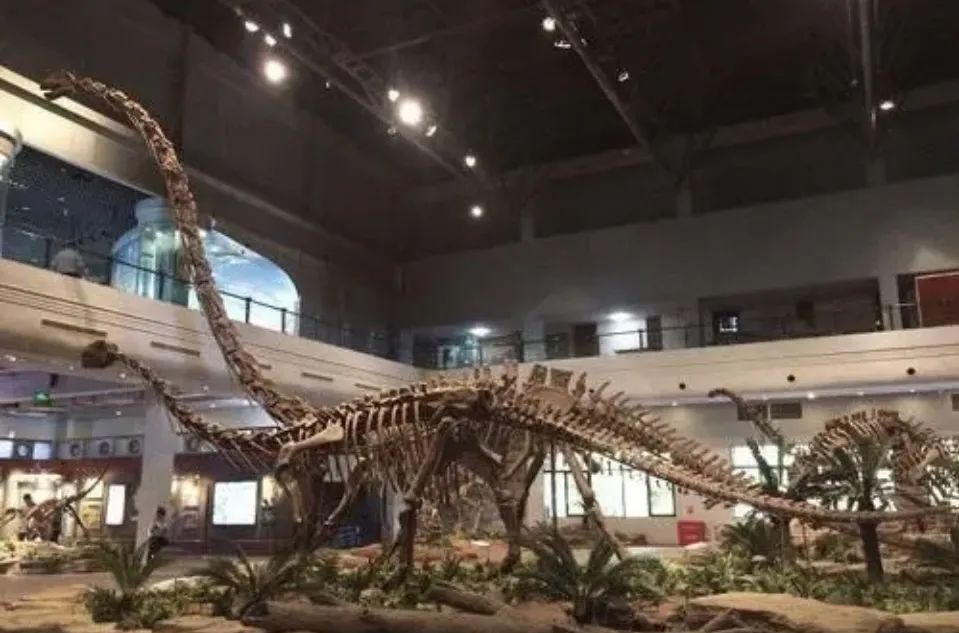
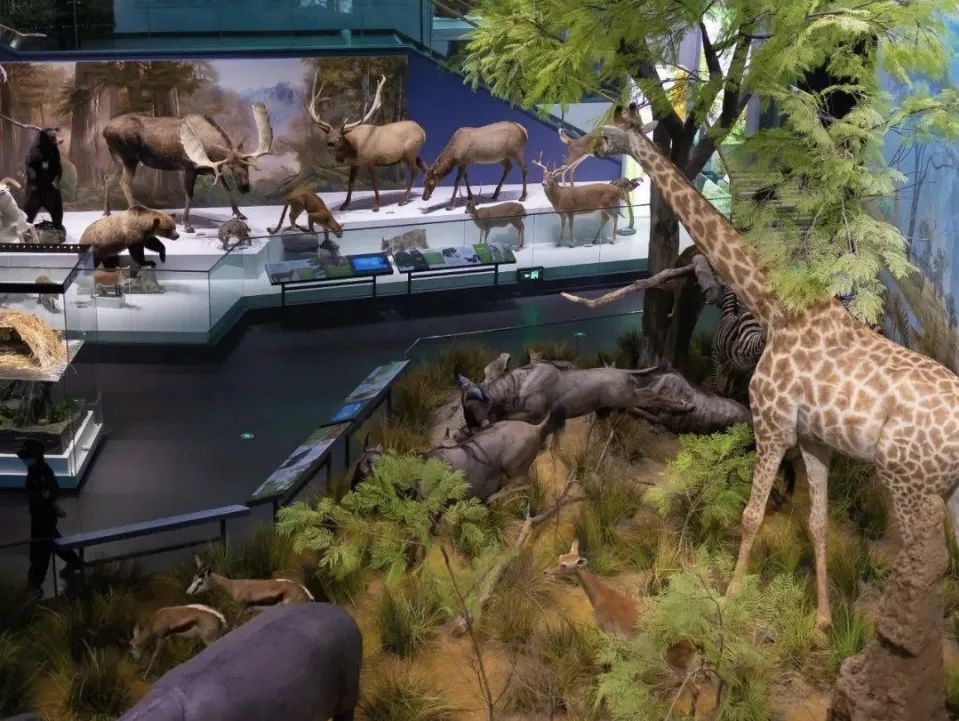
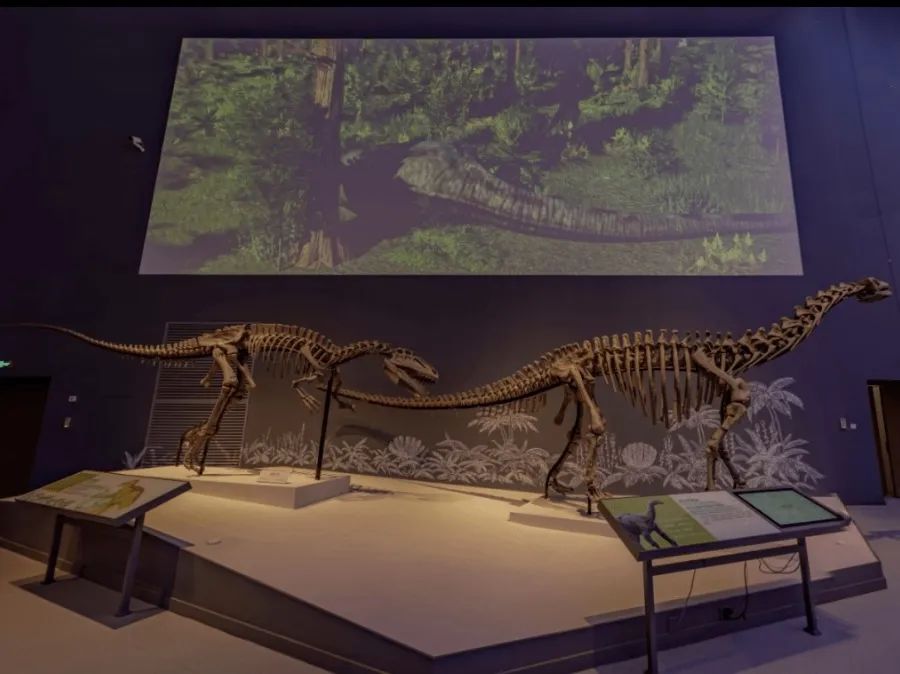
Exploring lives helps students understand how life originated on Earth and the impact of Earth's ecology on species. It also allows them to observe fossils and traces of life's origin and evolutionary process. By touching and observing fossil models displayed in showcases, students can learn about the morphology, characteristics, and evolutionary history of primitive microorganisms and the importance of ecosystems. At the same time, they understand the reasons for species extinction and Earth's evolution, emphasizing the themes of Earth and environmental conservation.
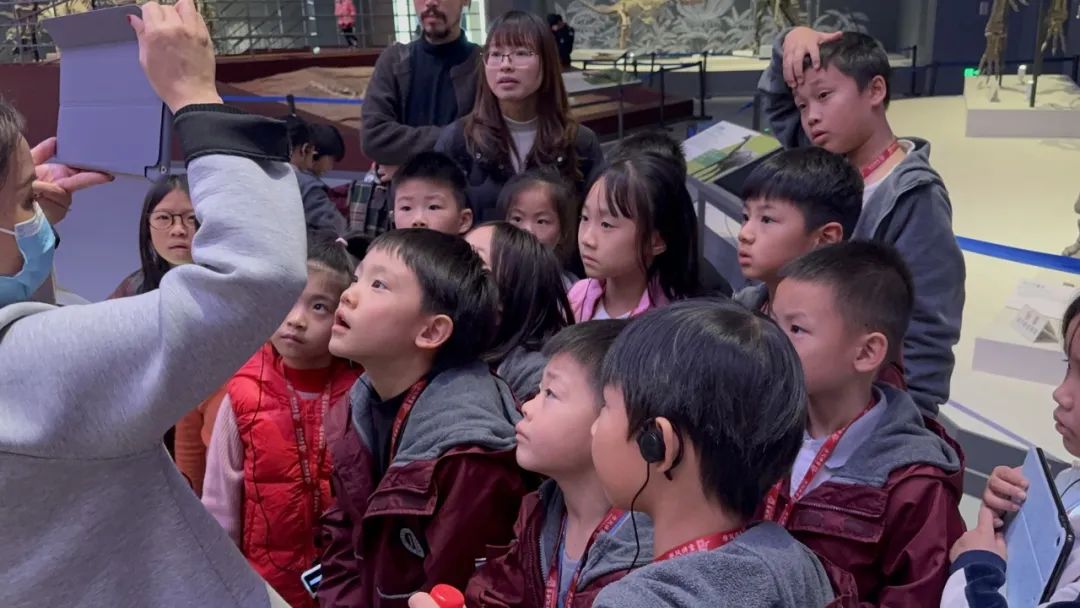


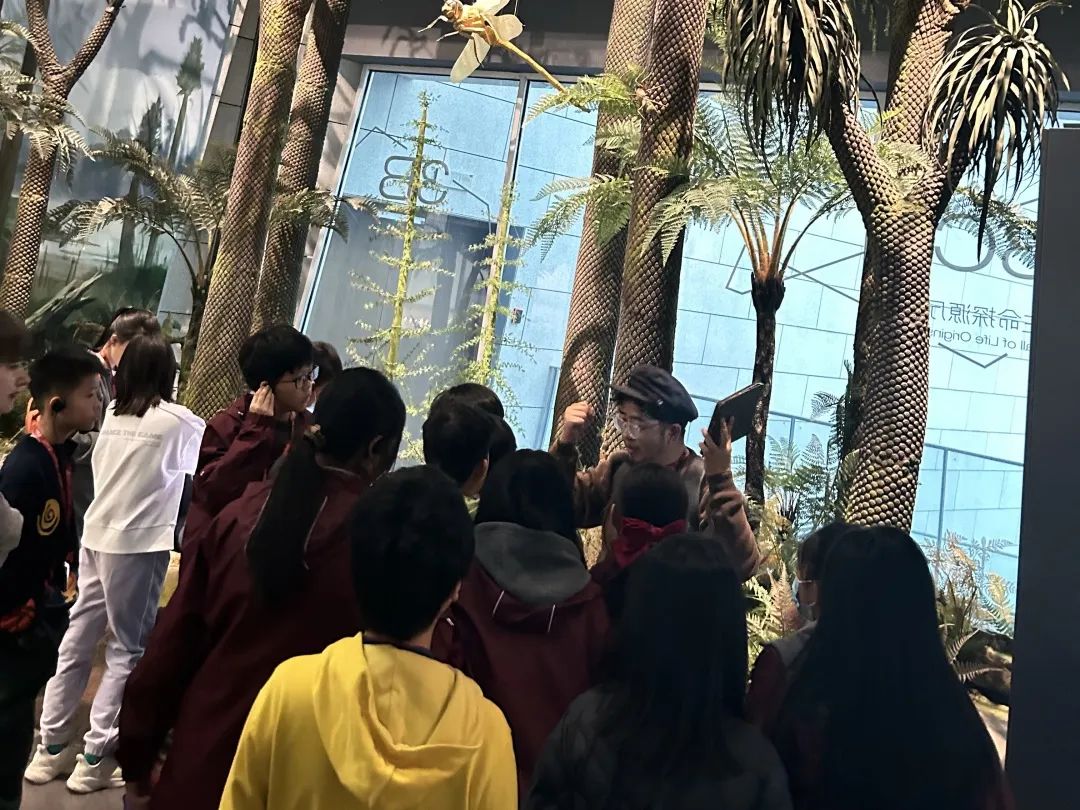
Furthermore, students collectively trace the origin and development of humans, exploring the basic principles and functions of DNA, genes, and inheritance. They learn about the structure and function of DNA, genetic variation, and the mechanisms of evolution to delve into the importance of DNA in biological research and the exploration of life. In studying life evolution and diversity, students learn about life's evolutionary processes and diversity, understanding the evolutionary relationships, classification, and common ancestors of different species. Additionally, they learn about the significance of biodiversity and ecological balance among various organisms on Earth. From the perspective of human evolution, students gain a deeper understanding of the origins and evolution of life, enhancing their knowledge of biology and evolutionary science.
5
Field Trip on Manufacturing Industry
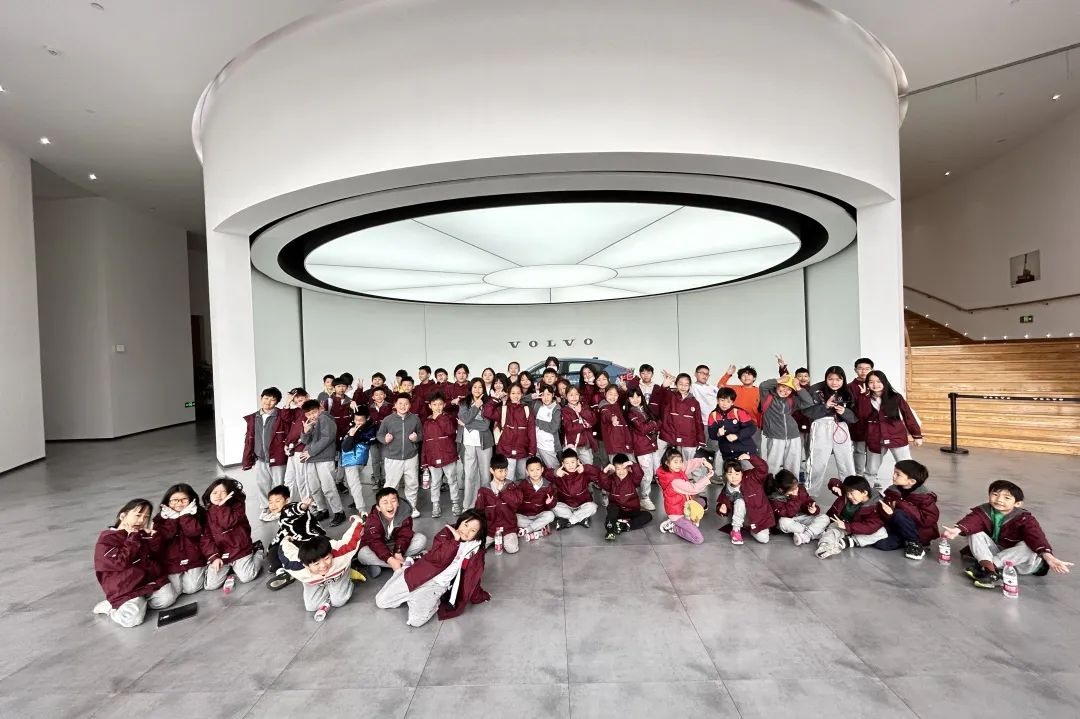
Students visited automobile production and assembly workshops to understand company culture, assembly line operations, work environments, and the application of technology in the manufacturing industry. They learned about the assembly process, design principles, and the significance of automotive safety, comfort level, and user experience. Additionally, students learned about the application of technologies such as automotive safety testing, exhaust emissions, environmental monitoring, and the impact of automotive safety on brand reputation.

The study could be divided into the history of automotive development, vehicle models, and technological innovation. Students learned about automotive design concepts, artistic value, manufacturing processes, and quality control. They also explored the influence of innovation and sustainable development in the automobile manufacturing industry, such as advancements in electric vehicle technology and intelligent driving systems. Besides, efforts to enhance road safety awareness were also introduced to them.
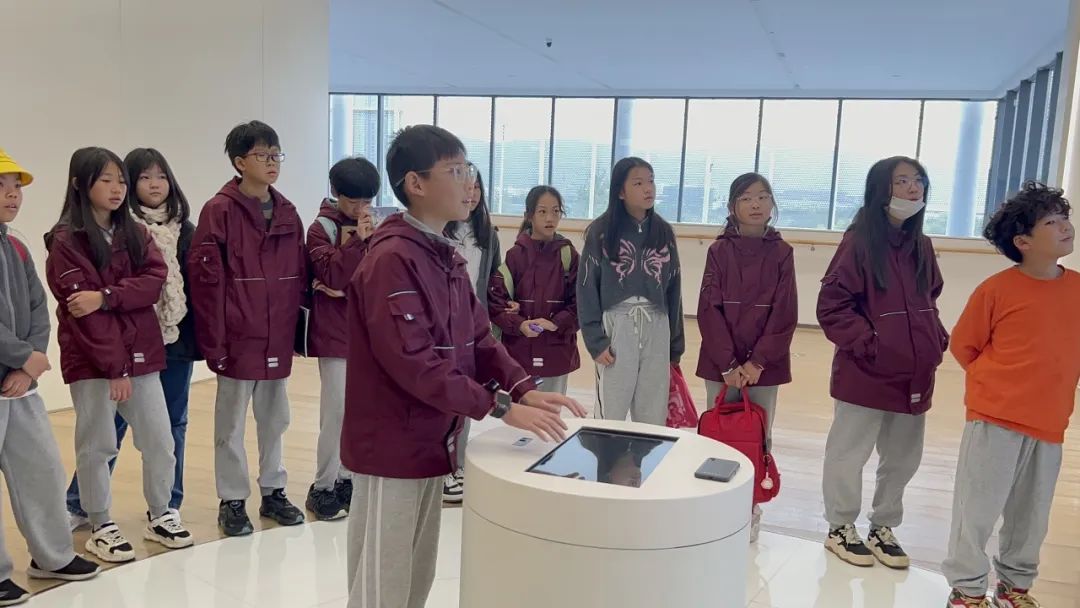

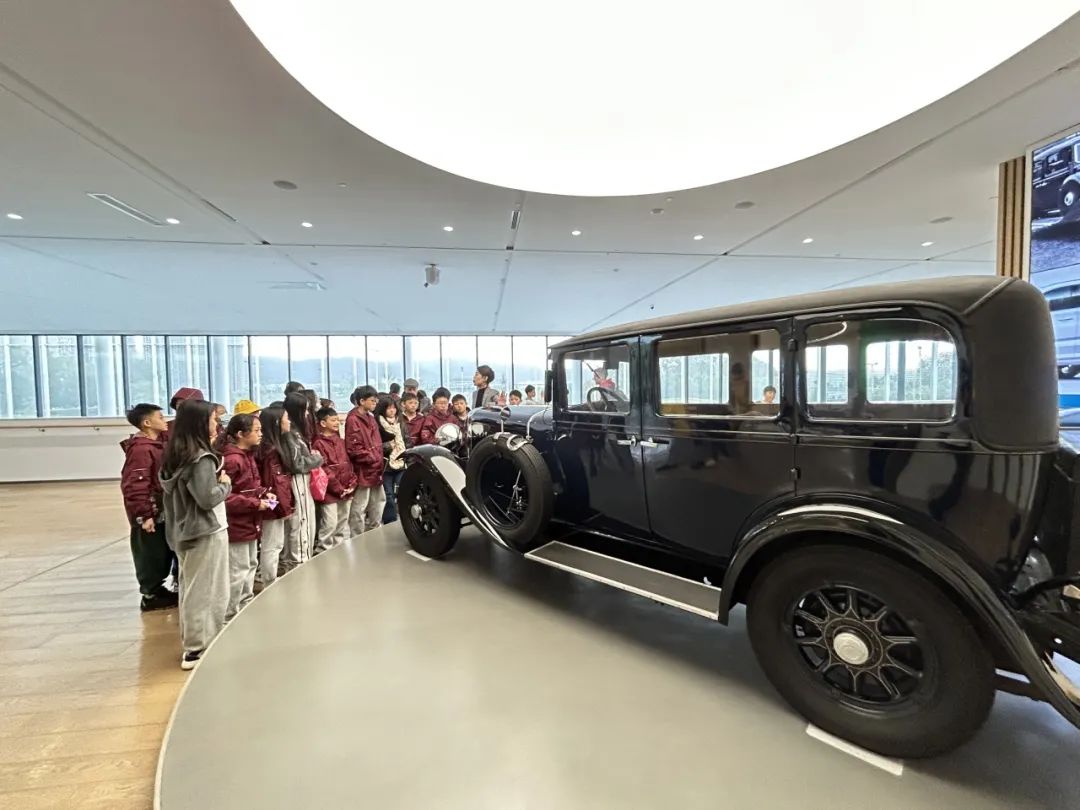

This field trip provides students with an opportunity to understand the automobile industry and related fields, allowing them to recognize that the development of a successful enterprise is ascribed to the collective efforts of multiple factors.
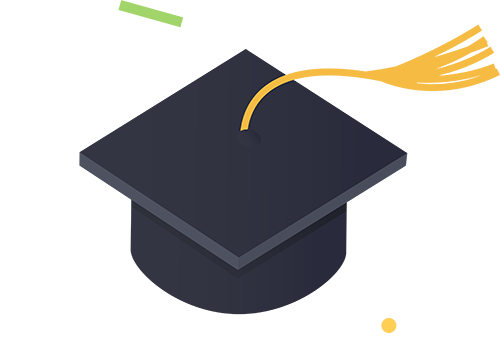
END

《历史与未来》主题课程旨在让MIS学生深入实地进行关于考古挖掘、生物演化、地球变迁、历史沿革、人文发展、自然科学、科技创新等不同空间与时空等元素的跨学科学习,以达到IB教学中关于博学、探究、开放、反思的学习目标。学生们通过实地考察与实践拓展视野、深度探索,加深对知识的理解和应用,培养合作精神和社交能力。
1
科技创新领域知识学习
哈工大机器人中心成都科普基地

学生们在这里了解各种高科技成果和科学研究的成果,涵盖了物理、化学、生物、地球科学等领域的科学知识,如:航空航天器、具有代表性的多功能机器人、计算机编程设备、人工智能设备、生活净化设备、无人机等产品及设计原理,让学生了解科技改变人类生产和生活发展,并正以积极的意义改变着人类历史进程的意义。





此外,学生们参与了三个科学实验:科技产品对战、机器人手创实践、科学实验活动中,通过亲身实践提升了科学兴趣,激发了对科学的探索欲望。
2
城市交通工具探索课程

在动车组检修基地中学生学习高速动车组的组成结构、检修流程和技术要求,目睹检修工人对动车组进行各项检查、保养和维修的作业过程。学习动车组的技术展示,包括控制系统、电力系统、制动系统、空调系统等各项技术指标和技术特点,并了解相关设备和工具;了解动车组检修中的安全注意事项和操作规程。





科技运用于交通工具的安全维护与检测是人类科技进步与发展的见证,更是对人类生命财产安全的重要保障。科技的不断创新和应用将继续推动交通工具安全领域的发展,这是人类的进步的历程。
3
博物馆探究课程
三星堆博物馆

三星堆探究课程是MIS为学生们设计的学习专题,旨在让学生们了解古代文明和历史沿革、人类发展以及考古研究的相关知识,包括但不限于学习三星堆遗址的地理位置、考古原因、文化特点以及周边地区的交流与联系等内容。

在课程中,学生们学习了三星堆的历史和文化,探索了遗址、考古发现和文物鉴赏;开展了实地考察、博物馆参观和相关遗址的探索,参与了手工实践活动,学习文物的修复、制作仿真青铜器和玉佩等过程;还学习了考古研究和文物保护的基本原理和方法,了解如何发掘和保护文物。




在手工坊中,学生深入了解古人的生活方式和工艺技术,感受古人的创造力和审美观念,使他们对中国古代文明的多样性和丰富有更全面的了解;孩子们学习尊重和欣赏不同文化的价值,以及对历史和文化遗产的保护意识。

在MIS《世界课堂》每周一次的专题学习中,来自牛津大学的史学家讲述了三星堆的相关内容和知识,让学生在博物馆课程中的知识学习更加具象和深刻。
4
博物馆探究课程
成都自然博物馆

学生们在恐龙化石和古生物的学习中了解恐龙的形态、生活习性和演化历史,以及关于恐龙生态系统和地质环境的相关信息,他们探索各个类型的恐龙化石,包括恐龙骨骼、化石遗迹和化石模型,近距离观察恐龙化石的形态、骨骼结构和特征,了解恐龙的分类、演化和生活方式的相关信息。观看模型、景观和三维效果等手段再现的恐龙时代的环境和生态系统,恐龙所生活的陆地、湖泊和森林,恐龙和其他古生物的共生关系和生态链。




关于生命探的探索学习让学生理解生命是如何在地球上产生,地球生态对于物种的影响与发展,并观察生命起源和演化过程中的化石和遗迹。通过触摸和观看橱窗里的化石模型了解原生生命的微生物形态、特征和演化历史以及生态系统和重要性,同时了解物种灭绝的原因与地球的演化,理解地球保护以及环境保护的相关主题。




学生们共同追溯了人类的起源和发展,通过DNA、基因和遗传的基本原理和作用,了解DNA的结构与功能,了解遗传变异和进化的机制,探索DNA在生物研究和生命探索中的重要性。在生命进化和多样性的学习中,学生们学习了生命的进化过程和多样性,了解不同物种的进化关系、分类和共同祖先。同时,还学习了地球上各种生物的多样性和生态平衡的重要性,在人类从进化角度的朔源让学生深入了解生命起源和演化的知识,对生物学和进化学有更深入的认识。
5
制造业探索课程

学生们参观了汽车生产和组装车间,了解企业文化、流水线作业、工作环境和科技在制造业中的运用。学习汽车的组装流程、设计原理以及汽车安全、舒适度和用户体验方面的意义。此外,学生们还了解了汽车安全检测、尾气排放和环境监测等技术的运用,以及汽车安全对于品牌效应的影响。

在汽车发展的历史与汽车车型和技术创新成果的学习中,学习汽车设计理念、艺术价值以及汽车的制造工艺和质量控制,在汽车制造业中关于创新和可持续发展对于该行业的影响,如电动车技术、智能驾驶系统等方面的创新,以及提高道路安全意识方面所做的努力。




这个课程为学生们提供了一个了解汽车行业和相关领域的机会,让他们了解真正的企业发展是由多方面因素的共同努力造就的。

END
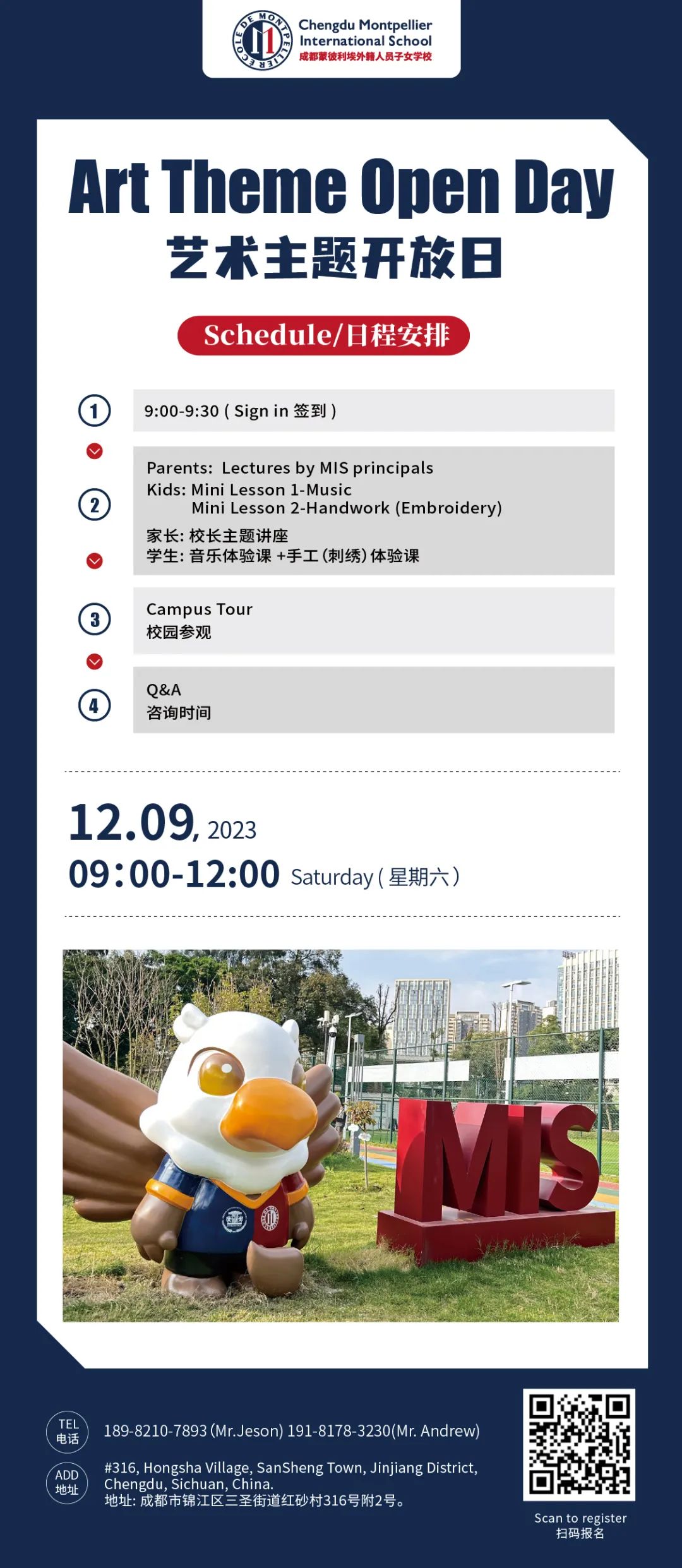
声明:本文由入驻国际教育网公众平台的作者撰写,观点仅代表作者本人,不代表国际教育网立场。如有侵权或其他问题,请联系举报。
 繁體
繁體
